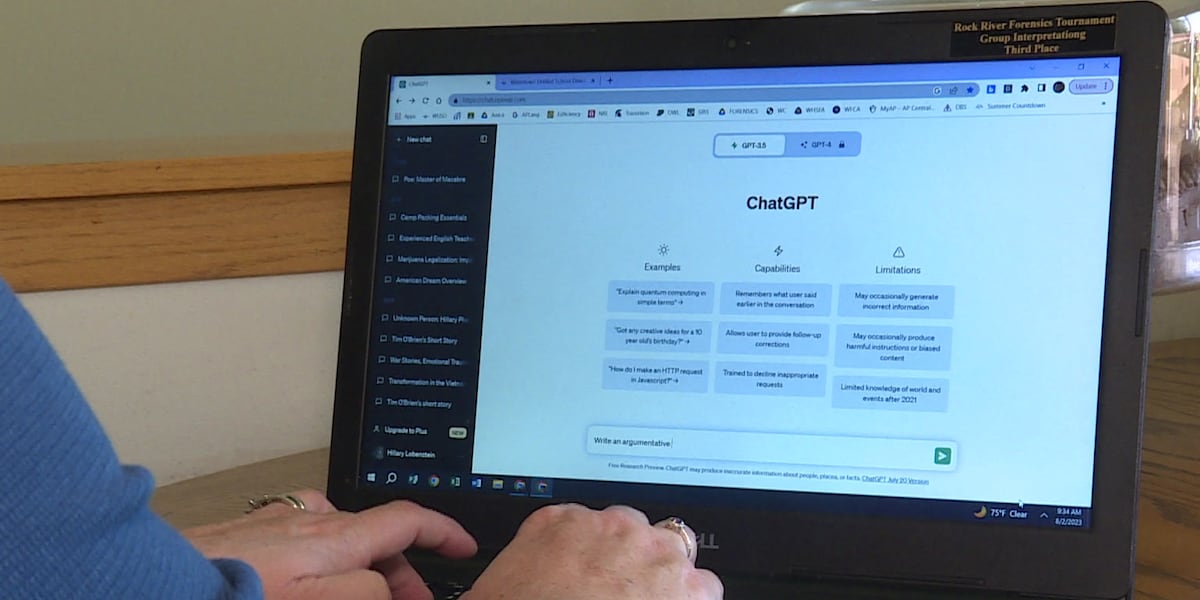HONOLULU (HawaiiNewsNow) – If you think students are using generative artificial intelligence tools like ChatGPT and Google Gemini just to write papers or cheat, think again.
Education experts say AI is changing how kids learn, and teachers need to adapt to tap into that potential.
That’s the focus of Mid-Pacific Institute’s second annual AI EdFuture Summit this week, where students, educators and business leaders from across the country are learning from each other and discussing responsible ways to use AI in the classroom and beyond.
It’s a refreshing change for some.
“The teacher becomes the student. You learn as much as the person that you’re teaching,” said Gisele Hunt, a junior studying AI at Mid-Pacific.
A recent IDC study shows education leads all industries in generative AI adoption with 86% of organizations reporting its use.
Critics worry students will become overly dependent on AI and lose critical thinking skills.
“The skepticism more than anything is pretty traditional at this point. You know, is it used for cheating? And when we explain that what we’re looking at are durable skills and that that really very difficult problem we want to break through barriers,” said Mid-Pacific President Paul Turnbull.
Adopters say when used strategically in schools, AI actually enhances student learning and gives them a competitive edge in a world where AI will be everywhere.
“A lot of the fear is not knowing what it is, but if you use it, then you’ll learn… what the different strengths are and that you can shape it to your own needs and it won’t be this scary thing that will take over your jobs. It’ll be something that can help you with your job,” said Brennan Fong, a senior and member of Mid-Pacific’s AI Advisory Council.
“There are some assumptions people make around what and how young people are doing with AI and thinking maybe they’re going to skip just for an answer, and this is a call to action for educators to look at how they design learning and more importantly, how they design assessment,” said fellow AI council member Mark Sparvell, global education director at Microsoft.
“What we need to be doing is focusing more on assessing the learning process, not just on the product,” Sparvell said.
Supporters say the process supports learning as free-flowing and evolving, not a one-directional experience.
School administrators say they’re taking a cautious and scientific approach to integrating AI.
“It’s not a magic bullet. There should always be a human in the loop, right? And we understand that it is a tool so use it as such, use it as a tool,” said Hawaii State Department of Education tech integration specialist Shane Asselstine.
The HIDOE has guidelines for AI use for students and educators. Contact your school for information.
Copyright 2025 Hawaii News Now. All rights reserved.
